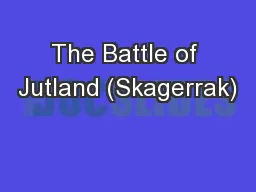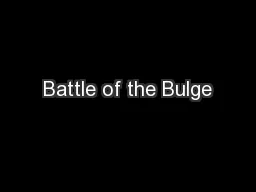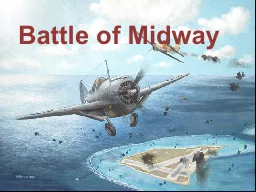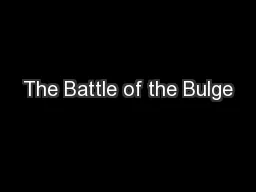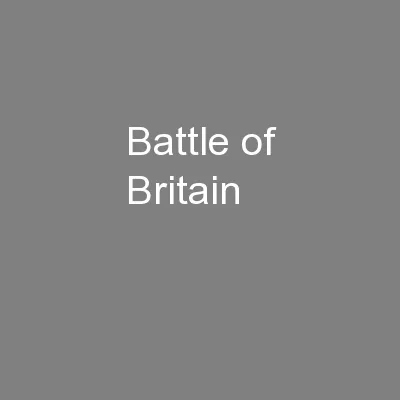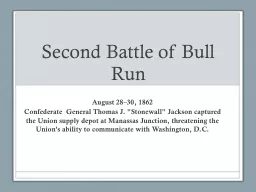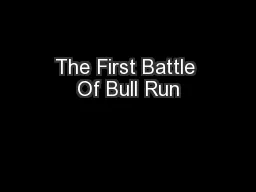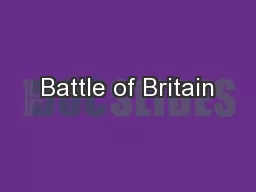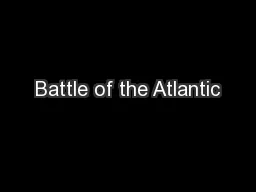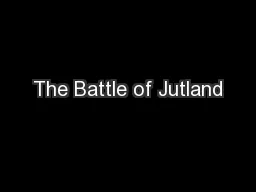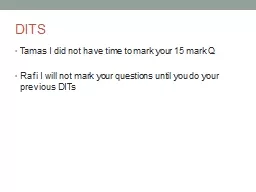PPT-The Battle of Jutland (Skagerrak)
Author : myesha-ticknor | Published Date : 2017-07-28
Sanna Darvish Steve Quinn David Arnold and Joe Addison Main Idea While not an outright victory for either side the Battle of Jutland ensured Germanys eventual downfall
Presentation Embed Code
Download Presentation
Download Presentation The PPT/PDF document "The Battle of Jutland (Skagerrak)" is the property of its rightful owner. Permission is granted to download and print the materials on this website for personal, non-commercial use only, and to display it on your personal computer provided you do not modify the materials and that you retain all copyright notices contained in the materials. By downloading content from our website, you accept the terms of this agreement.
The Battle of Jutland (Skagerrak): Transcript
Download Rules Of Document
"The Battle of Jutland (Skagerrak)"The content belongs to its owner. You may download and print it for personal use, without modification, and keep all copyright notices. By downloading, you agree to these terms.
Related Documents

